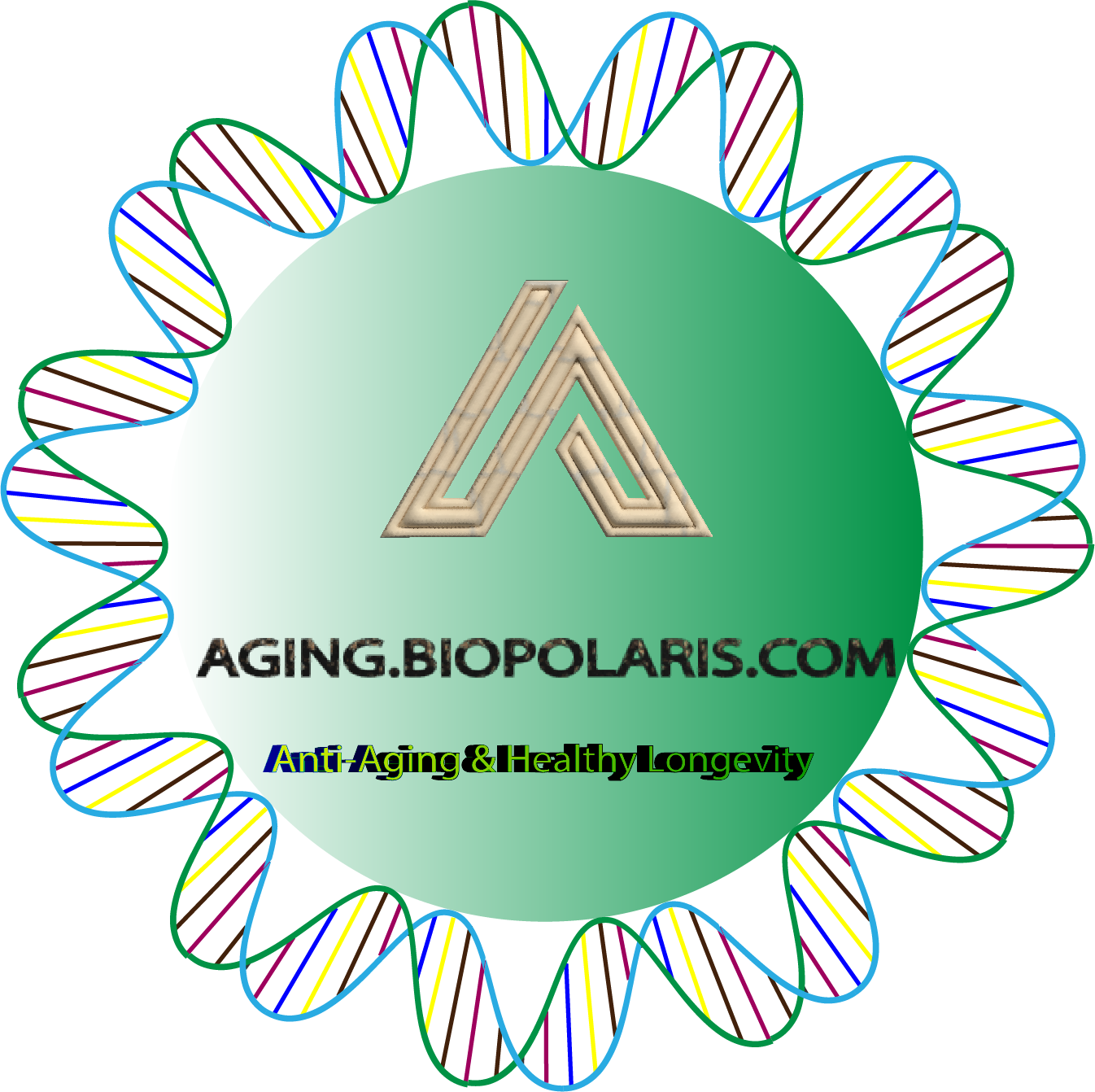Nature Aging
A blood-based DNA damage signature in patients with Parkinson’s disease is associated with disease progression
The aging factor EPS8 induces disease-related protein aggregation through RAC signaling hyperactivation
Midlife hearing loss and dementia risk
Nerve-associated macrophages control adipose homeostasis across lifespan and restrain age-related inflammation
REV-ERBα regulates brain NAD<sup>+</sup> levels and tauopathy via an NFIL3–CD38 axis
Tackling Ghana’s dementia underdiagnosis needs investment in workforce, diagnostics, education and insurance
Unlocking longevity through the comparative biology of aging
Oxidative stress response protein delays ovarian aging by promoting stress granule clearance
Mevalonate metabolites boost aged oocyte quality through prenylation of small GTPases
Plasma tau biomarkers for biological staging of Alzheimer’s disease
Induced somatic mutation accumulation during skeletal muscle regeneration reduces muscle strength
The hidden cost of somatic mutations on skeletal muscle regeneration
Targeting iron-associated protein Ftl1 in the brain of old mice improves age-related cognitive impairment
Restoring resident tissue macrophages to combat aging and cancer
Metabolic regulation of immunological aging
Sustained immune youth risks autoimmune disease in the aging host
Understanding and improving vaccine efficacy in older adults
Aging reshapes the adaptive immune system from healer to saboteur
Immune surveillance of senescent cells in aging and disease
Toward precision interventions and metrics of inflammaging
How long will we live? And how much of that time will comprise a healthy life? What is aging, and can we stop or even reverse the aging process? What is the connection between aging and disease? Can we predict the evolving trends in the aging of human populations and prepare our societies for what has been called the Silver Tsunami? These are some of the important questions that the broad field of aging research is trying to address and that together form one of the Grand Challenges of the twenty-first century. The mission of Nature Aging is to provide a unique multidisciplinary, unifying and highly visible publishing platform for the aging-research community. The journal is highly selective yet broad in its coverage, publishing research from across the entire spectrum of the field, ranging from the basic biology of aging to the impact of aging on society. The journal aims to foster interactions among different areas of this diverse field of research and to promote new and exciting ideas within and beyond the research community, to enable synergy and maximize scientific and societal impact.
Subscribe to Nature Aging feed
